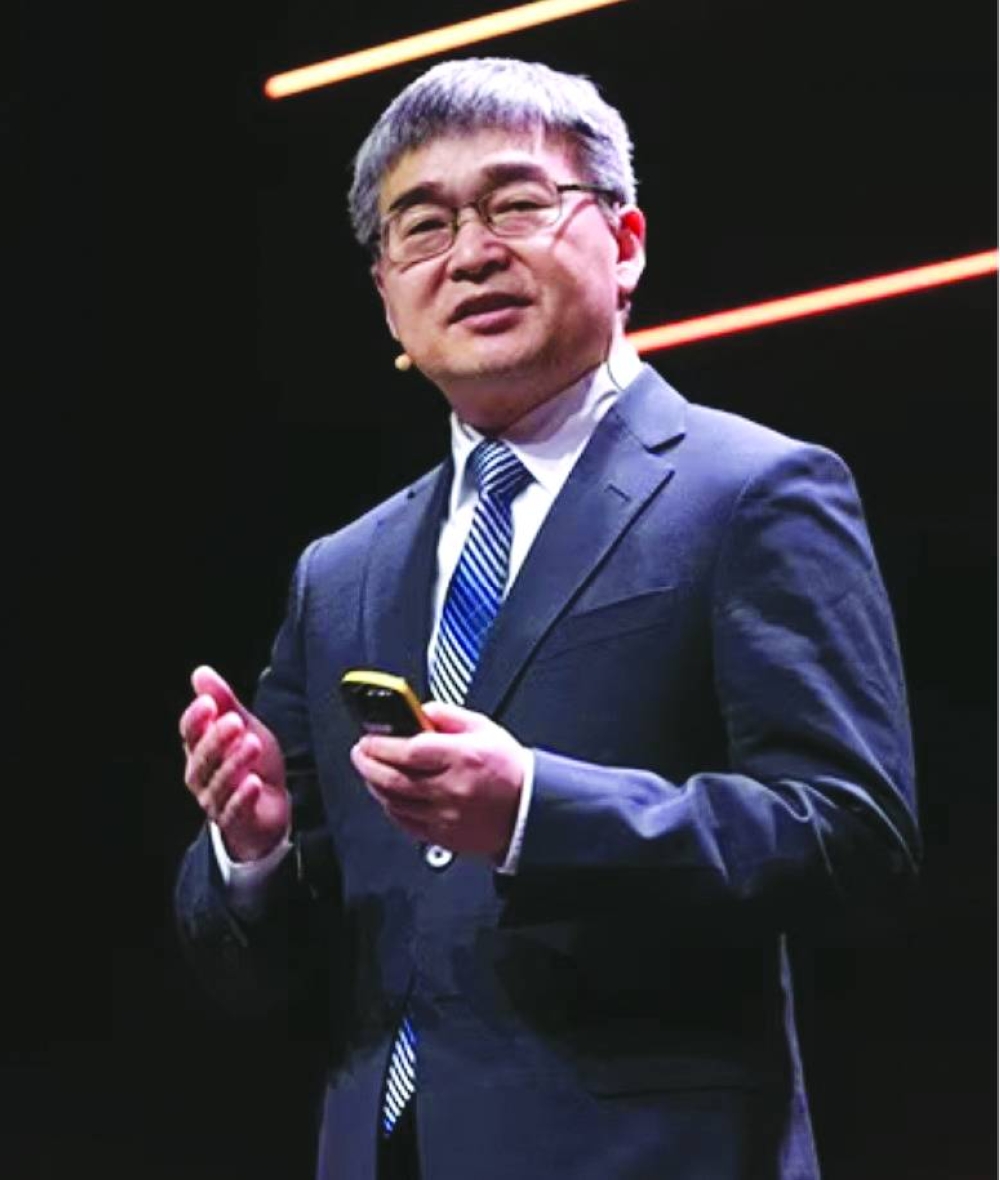Barcelona: At Mobile World Congress 2024, Fang Liangzhou, Vice-President of Huawei Digital Power, unveiled the cutting-edge ‘Site Virtual Power Plant (VPP) Distributed Energy Storage System (DESS) Solution’ and the ‘SmartDC’ for large-scale data centres, advancing the shift towards green, low-carbon operations for service providers.
Huawei's VPP solution – a pioneering end-to-end system featuring energy aggregation platforms, smart gateways, and lithium batteries – enables operators and tower companies to create streamlined, intelligent, VPP networks for effective power service expansion.
The system’s design allows for quick, straightforward deployment across various settings, leveraging intelligent technologies for precise, efficient power management and supporting diverse services like peak shifting and frequency response, with software algorithms enhancing VPP efficiency.
Simple: This solution uses the self-networking mode to decouple electric power services from telecom services on the live network. The VPP system can be installed and deployed within one day. It is applicable to all scenarios and can be smoothly deployed to all sites.
Intelligent: Multiple intelligent technologies are used to achieve high concurrency, quick scheduling, and high precision, meeting high requirements for power regulation.
Convergent: One VPP system can participate in multiple services, such as peak staggering, demand-side response, and frequency response. In addition, software algorithms are used to intelligently optimise energy scheduling, improving benefits of VPP services.
During the event, Liangzhou introduced a white paper focusing on integrating telecom site storage into the power market, a first in the telecom sector aimed at fostering innovative telecom-energy sector convergence and bolstering the energy transformation infrastructure.
Addressing the demands for high density and computing power, Huawei's SmartDC solution for data centres integrates power supply, modular construction, and distributed cooling to create dependable, simplified, eco-friendly computing environments, pushing forward carbon-neutral goals. The solution’s features, including a compact, efficient power system, modular outdoor PowerPODs, and an innovative cooling system, contribute to operational efficiency, reduced environmental impact, and high reliability.
Integrated power supply: The power system adopts integrated design. One power system is provided in one row, reducing the footprint by 30%. The full-link efficiency is improved from 95.4% to 98.4% in S-ECO mode, reducing loss by 70%. Based on the iPower feature, all links are visible, and the devices can be monitored with the service life predictable, evolving from passive response to AI predictive maintenance.
Prefabrication: Huawei's outdoor PowerPODs adopt modular design and provide integrated and prefabricated cooling and power equipment, implementing on-demand outdoor deployment and flexible capacity expansion. Through prefabrication and pre-commissioning before delivery, the system is instantly available upon connection, shortening the delivery period by 40% and achieving optimal time to market (TTM). Five-star quality is ensured through product design of engineering and standard production and quality inspection.
Distributed cooling: The cooling system maximises free cooling sources, supports one heat exchange, automatically switches between three working modes, and automatically adjusts cooling capacity based on the load, saving water and electricity. The Power Usage Effectiveness (PUE) can be reduced to 1.15.
In addition, the system uses a distributed cooling architecture and has a small fault domain, ensuring that the fault of a single system does not impact the entire system. This brings high reliability, with system availability reaching 99.9999%.

Fang Liangzhou

